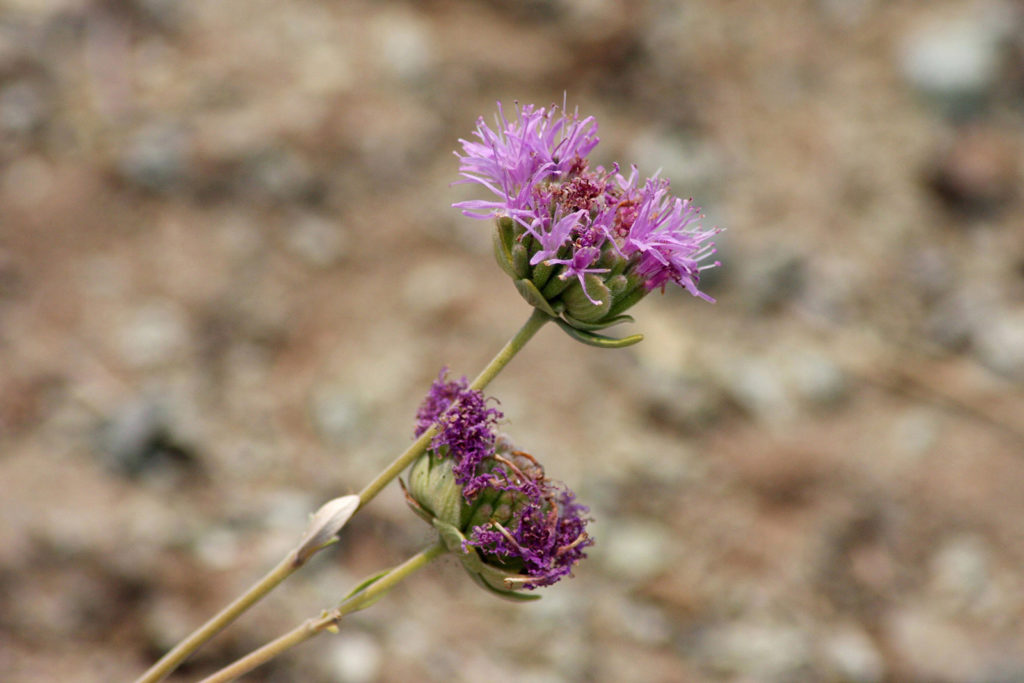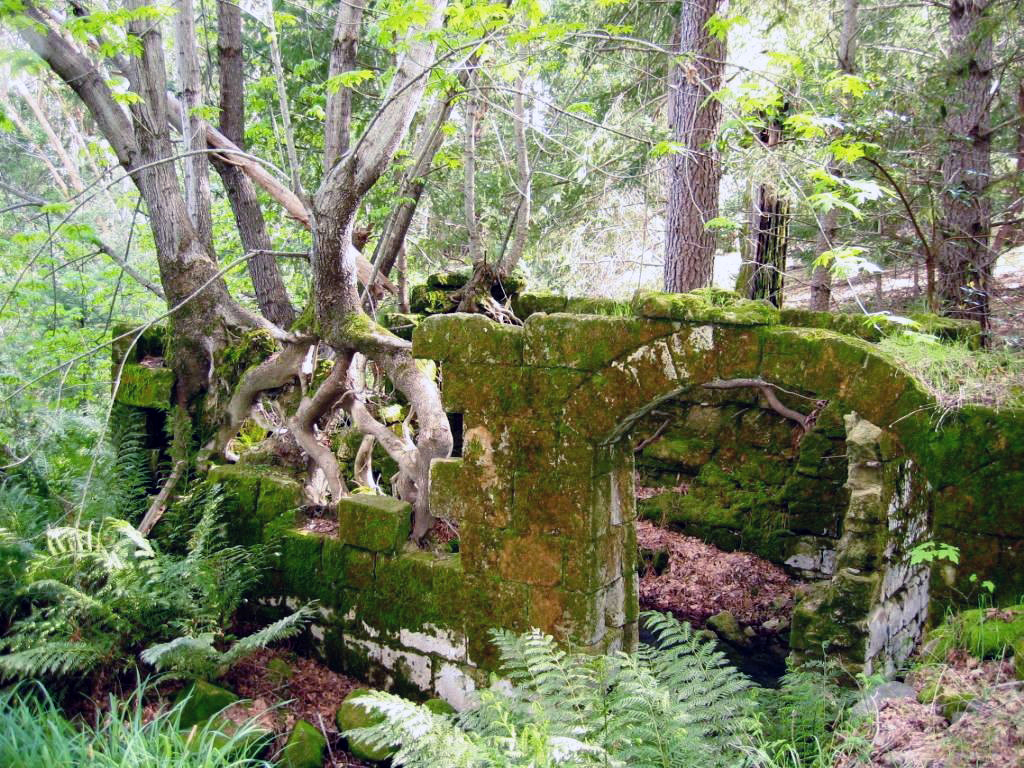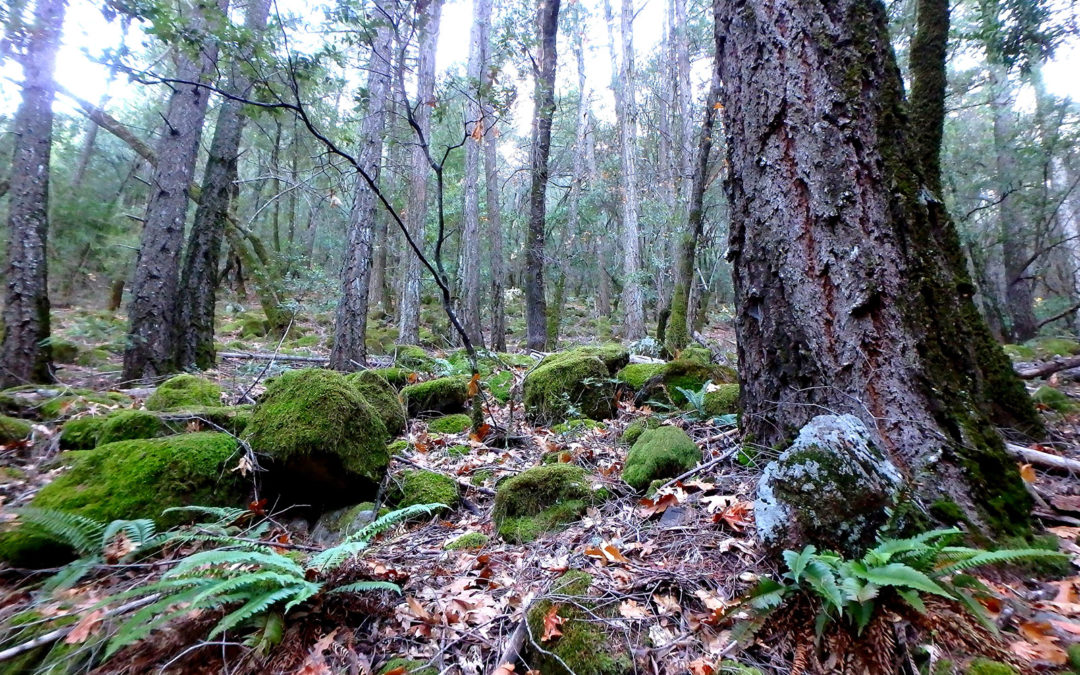Land Trust of Napa County is pleased to announce the acquisition of 320 acres of undeveloped forest land in the hills between Calistoga and Aetna Springs. It will become the Land Trust’s newest preserve. The project was completed with funding from CAL FIRE and the California Department of Fish and Wildlife (CDFW).
“This property has a wide range of significant natural values. It includes upper watershed forest, water resources, high biodiversity, unusual redwoods, and it connects with other protected land that forms part of a priority wildlife corridor,” said Doug Parker, CEO of the Land Trust.
The property is near the connection between Oat Hill Mine Trail that comes up from Calistoga, and Aetna Springs Road. Its protection adds to over 22,000 acres of contiguous protected land above Calistoga, including Robert Louis Stevenson State Park, the 7,200-acre Montesol conservation easement completed by the Land Trust three years ago and the Land Trust’s 4,000-acre Wildlake and Duff preserves outside Angwin. One of the key conservation priorities for natural areas in the region is to connect together existing protected lands in order to support critical wildlife corridors. Protection of this property will help accomplish that goal.
The landowners have owned the property for two generations spanning over 70 years. “I want to thank the landowners for their interest in conservation. I know that when they made the important decision to sell their property, after owning the land for so long, they preferred a conservation solution, one that would forever protect the forest on the property. And that is exactly what we will do,” said Doug Parker.
During the late 1800’s mining period in the Oat Hill Mine district, there was a two-room saloon on the property. The saloon was abandoned in the early part of the 20th century, but this same structure later became a spa/bathing facility for visitors at Aetna Springs Resort. The remains of some of the building’s walls are still there, along a creek, and it wasn’t until the 2014 earthquake that the structure’s arched doorway fell.
“This project would not have been possible without the help of our partners who provided funding for this purchase.” said Parker. “I want to thank CAL FIRE’s Forest Legacy Program and the CDFW Proposition 68 Grant Program.”
“CAL FIRE is pleased to help conserve this property and its unique forests,” said CAL FIRE Director Thom Porter. “This forest adds to a rich network of important wildlife corridors in the area and will help secure open space, carbon sequestration, clean air and water for future generations.”
“Preserving this property offers significant habitat benefits for wildlife, especially large mammals,” said Matt Wells, of CDFW’s Watershed Restoration Grants Branch. “The area represents an important connectivity point between the Trans Berryessa-Snow-Oregon wildlands complex and the Mayacamas/Coastal wildlands.”
The property has been identified as a high conservation priority in several large-scale planning efforts: 1) a priority for protection within CDFW’s 800,000-acre Conceptual Area Protection Plan for the Blue Ridge Berryessa Area, 2) part of the North Bay’s highest priority wildlife corridor extending from the Marin coast across Sonoma and Napa to Berryessa and 3) it is located within two CAL FIRE Priority Landscapes for California Climate Investments that use cap and trade funds to reduce atmospheric carbon. The majority of the property is heavily forested with larger species – Douglas Fir, Ponderosa Pine and Redwoods – that sequester substantial amounts of carbon.
The property includes significant water and forest resources. It includes the upper headwaters of a perennial stream, perennial springs and a wet meadow. The riparian area is critical to the survival of the naturally-occurring coast redwood stands there; these are among the interior-most redwoods within the entire range of this coastal species. The property has unusual conifer diversity, especially for this region, with 7-10 different species: Ponderosa Pine, Douglas Fir, Knobcone Pine, Gray Pine, Coast Redwood, California Nutmeg and Sargent Cypress have all been identified so far and three more species are found on adjacent properties where the Land Trust has completed other land conservation projects – Incense Cedar, McNab Cypress and Sugar Pine – all of which may also occur on this property. In addition, the property has a variety of native oak species.
Besides its forest values, the property is in an area recognized as a hotspot for biodiversity. A botanical assessment of the property documented 246 species, including a number of rare species such as these native wildflowers: Mt. St. Helena Morning Glory, Green Coyote Mint and Narrow-leaved Daisy, a member of the Sunflower Family. Each of these rare wildflowers exist only in Napa and two other counties in California.
The Land Trust has been carrying out a project nearby, using motion-activated cameras to document the presence of larger mammals and their use of key corridors. This Wildlife Picture Index Project is being carried out by a number of conservation organizations around the Bay Area. Initial data shows this area to have a larger number of mammals, compared to other areas, and the largest number of bears, a strong indication that the area is functioning as a healthy ecosystem. If the preliminary data is confirmed going forward, then this area may be an important source population for bears, further confirming the importance of protecting the area and this corridor for ongoing use by bears and other wildlife.
The Land Trust has worked with CAL FIRE to develop a management plan for the property to ensure a sustainable forest, remove invasives, protect rare species and maintain the habitat diversity needed for the priority wildlife corridor.

The Land Trust’s newest 320 acre preserve is home to Green Coyote Mint (Monardella viridis), a wildflower species whose entire range is centered on Napa County. Photo by Jake Ruygt.

Arched doorway of old saloon/spa on Land Trust of Napa County’s newest preserve in a photo taken before the 2014 earthquake.

